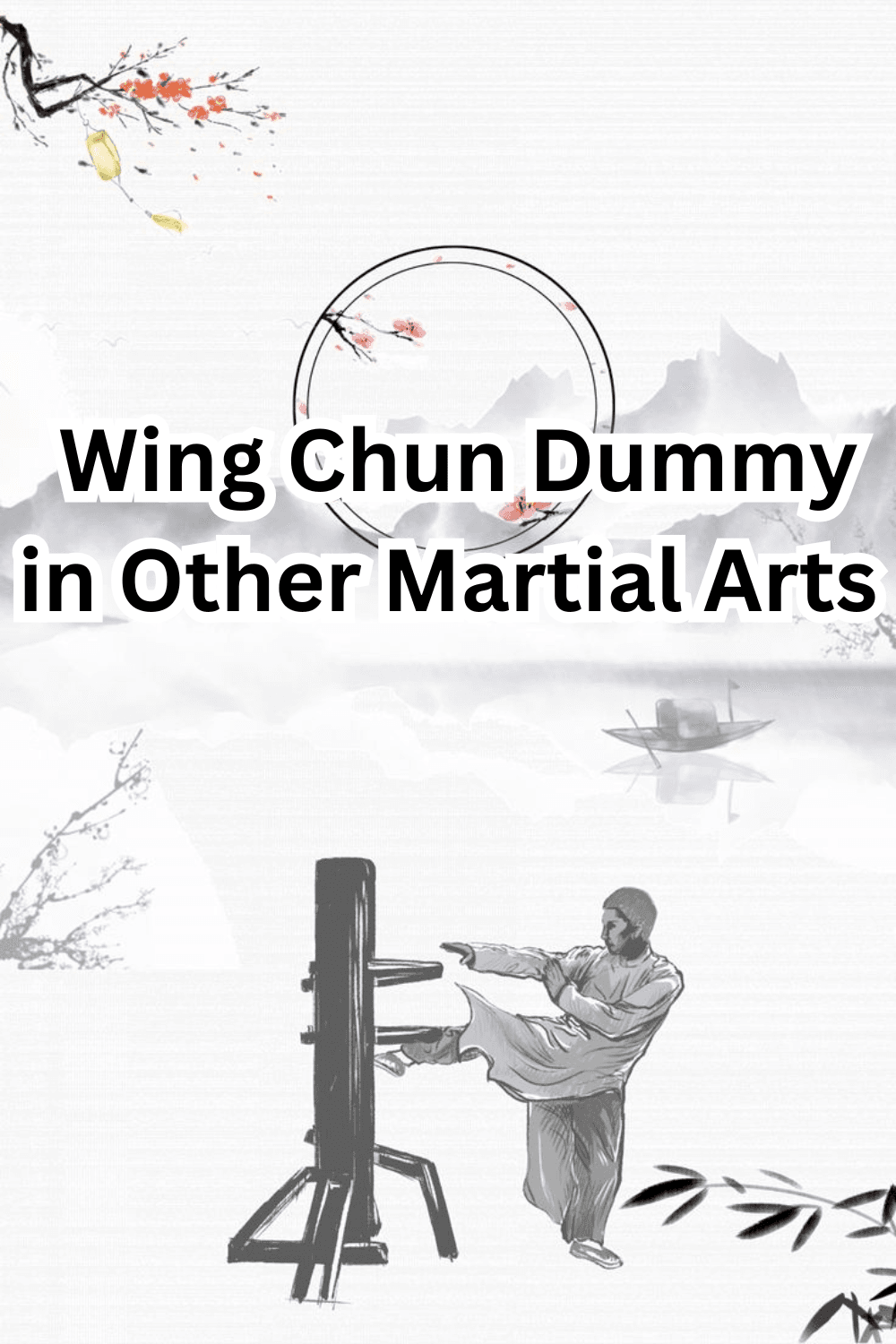When it comes to self-defense, Wing Chun is a martial art that can give you a distinct advantage in a street fight.
Developed in southern China, Wing Chun focuses on close-quarters combat and efficient techniques that can be applied in real-world situations.
In this blog post, we will explore some essential Moves “Wing Chun for street fight” that you can master to enhance your self-defense skills.
1. The Centerline Punch
One of the fundamental principles of Wing Chun is the concept of the centerline.
Also, The centerline refers to an imaginary line running vertically down the center of your body, from your head to your groin.
However, The centerline punch is a quick and direct strike that targets your opponent’s centerline, aiming to disrupt their balance and inflict damage.
To execute the centerline punch, start with your hands in a relaxed position near your chest, with your elbows tucked in.
Extend your dominant hand forward, keeping your other hand near your chest for protection.
As you punch, rotate your hips and shoulders for added power, and retract your punch quickly to maintain your guard.
2. The Chain Punch
The chain punch is a rapid-fire technique that allows you to overwhelm your opponent with a flurry of strikes.
It is a series of straight punches executed in quick succession, targeting your opponent’s head, chest, and abdomen.
The chain punch is effective in close-quarters combat, where speed and accuracy are crucial.
To perform the chain punch, start with your hands in a relaxed position near your chest, similar to the centerline punch.
Instead of extending one punch, rapidly alternate between your dominant and non-dominant hands.
keeping your punches straight and maintaining a steady rhythm.
Focus on speed and precision, aiming to strike your opponent multiple times in a short period.
3. The Wing Chun Kicks
While Wing Chun is known for its hand techniques, kicks are also an essential part of the system.
Wing Chun kicks are low, quick, and designed to target an opponent’s lower body, particularly their legs and groin.
These kicks can help you maintain distance, disrupt your opponent’s balance, and create opportunities for follow-up strikes.
One of the most commonly used kicks in Wing Chun is the front kick.
To execute a front kick, lift your knee towards your chest and extend your leg forward, aiming to strike your opponent’s lower body.
Keep your toes flexed and your foot relaxed, retracting your kick immediately after impact to maintain balance.
4. The Tan Sao (Palm-up Block)
The Tan Sao is a Wing Chun technique used for blocking and redirecting an opponent’s strikes.
It involves using your forearm to intercept and redirect incoming punches or strikes, maintaining a strong structure and neutralizing the attack.
To perform the Tan Sao, start with your hands in a relaxed position near your chest.
As your opponent throws a punch, extend your arm diagonally across your body, with your palm facing up.
Use your forearm to intercept the punch, redirecting it to the side while maintaining contact with your opponent’s arm.

This technique allows you to control your opponent’s movement and create an opening for counterattacks.
5. The Bil Sao (Palm-down Block)
The Bil Sao is another essential Wing Chun technique that complements the Tan Sao.
While the Tan Sao blocks and redirects strikes from the outside, the Bil Sao is used to defend against attacks from the inside.
It involves using the back of your hand to intercept and redirect punches or strikes.
To execute the Bil Sao, start with your hands in a relaxed position near your chest.
As your opponent throws a punch from the inside, extend your arm diagonally across your body, with the back of your hand facing down.
Use the back of your hand to intercept the punch, redirecting it to the side while maintaining contact with your opponent’s arm.
This technique allows you to protect your centerline and create opportunities for counterattacks.
Remember, mastering any martial art takes time, dedication, and consistent practice.
It is essential to train under the guidance of a qualified instructor.
A master ensure to teach proper technique and basic understanding of Wing Chun principles.
Additionally, always prioritize your safety and avoid unnecessary confrontations whenever possible.
Self-defense should be used as a last resort.
By mastering these essential Wing Chun moves, you can enhance your self-defense skills and be better prepared for real-world situations.
Stay focused, train hard, and always prioritize your safety.






